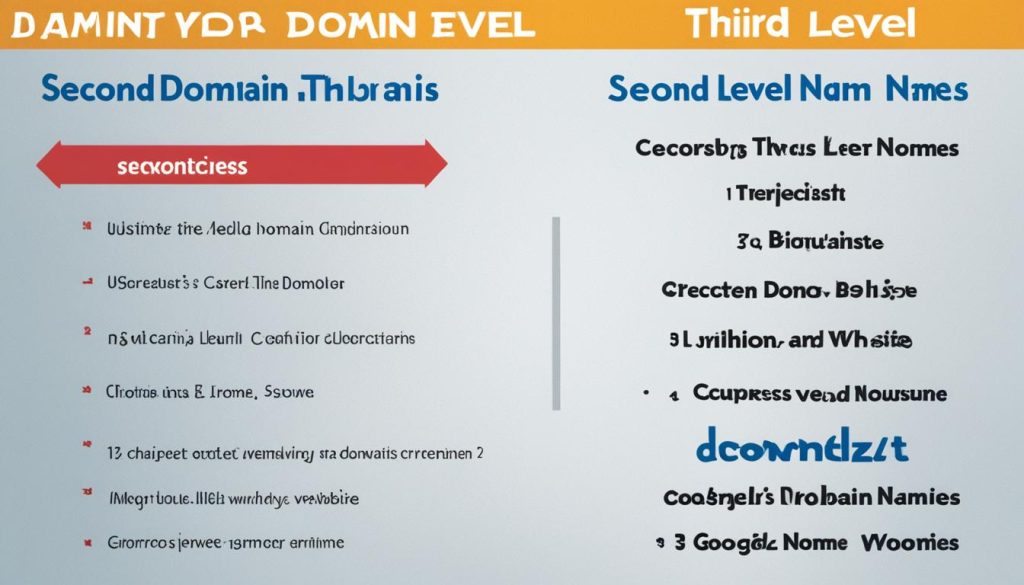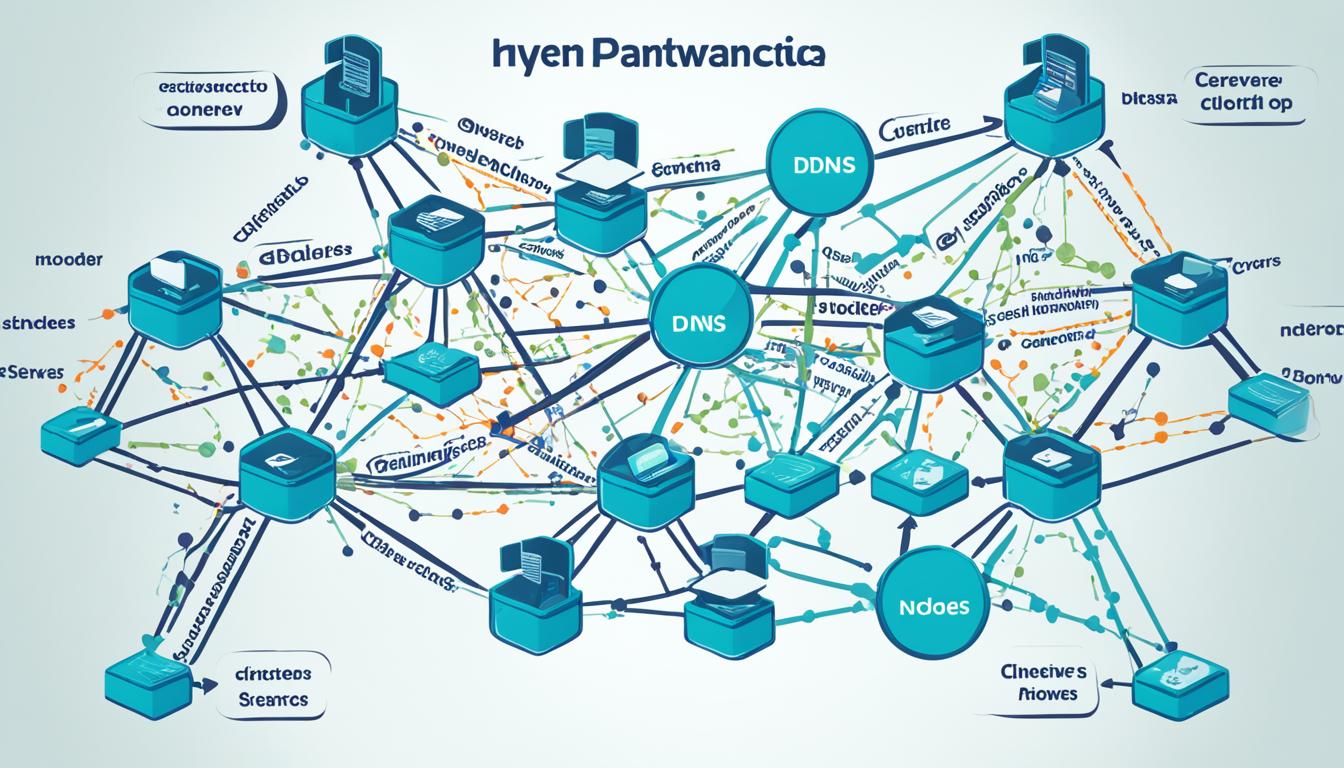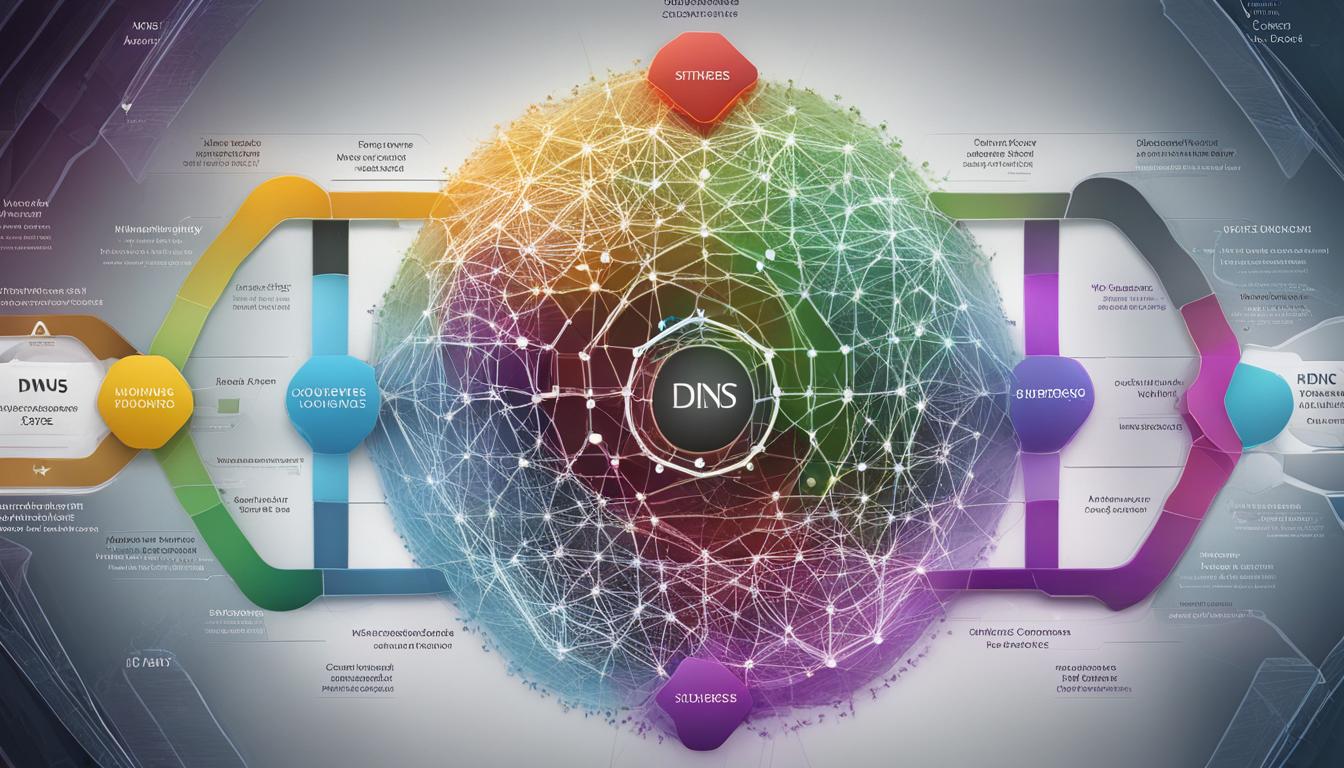What are second-level and third-level domain names?
Did you know that the structure of domain names goes beyond just the familiar .com, .org, and .net? When it comes to domain naming conventions, there are second-level and third-level domains that play a crucial role in the domain hierarchy and structure.
In the Domain Name System (DNS) hierarchy, a second-level domain (SLD) is directly below the top-level domain (TLD) and represents the organization that registered the domain name. But here’s the interesting part: some domain registries introduce a second-level hierarchy to indicate the type of entity associated with the SLD. This means that different SLDs can indicate specific categories like academic institutions and companies, providing a more organized and useful naming convention.
On the other hand, a third-level domain is a further differentiation within the second-level domain. This allows organizations to create specific subdomains for departments, services, or specialized content within their main domain.
Understanding the difference between second-level and third-level domain names is essential for anyone looking to establish or enhance their online presence. Let’s dive deeper into the structure, examples, and the importance of choosing the right domain level for your website.
Key Takeaways:
- Second-level domains (SLDs) are directly below the top-level domain (TLD) and represent the organization that registered the domain.
- Some domain registries have a second-level hierarchy to indicate the type of entity associated with the SLD, allowing for more specific categorization.
- Third-level domains are used to further differentiate within a second-level domain and are commonly used for departments or services within an organization.
- Choosing the right domain level is crucial for branding, usability, and search engine optimization (SEO).
- A well-chosen domain structure can help establish a strong online presence and make it easier for users to find and remember your website.
The Structure of Domain Names
Domain names play a fundamental role in the organization and identification of websites on the internet. Understanding the structure of domain names is essential for navigating the internet domain hierarchy effectively.
A domain name consists of different levels, each serving a specific purpose in the domain name structure. The two primary levels are the top-level domain (TLD) and the second-level domain (SLD).
The TLD is the suffix or extension at the end of a domain name, such as .com, .net, or .org. It indicates the general category or type of website. For example, a .com TLD is commonly associated with commercial websites, while a .org TLD usually represents non-profit organizations.
The SLD is the portion of the domain name that identifies the specific administrative owner associated with an IP address. It sits directly below the TLD and usually represents the name of an individual, organization, or brand. For instance, in the domain name “seowriting.ai,” “seowriting” is the SLD.
In some cases, a third-level domain name can be used to provide further differentiation within the domain structure. This level is one step below the SLD and is often utilized to designate specific servers or departments within an organization. Third-level domains are typically separated from the SLD by a dot, such as “blog.seowriting.ai,” where “blog” represents the third-level domain.
To visualize the structure of domain names, consider the following example:
| Domain Level | Example |
|---|---|
| Top-Level Domain (TLD) | .com |
| Second-Level Domain (SLD) | seowriting |
| Third-Level Domain | blog |
Understanding the structure of domain names is crucial for selecting an appropriate domain that aligns with your brand, organization, or individual identity. It ensures effective representation, easy identification, and enhanced search engine optimization (SEO) when establishing your online presence.
Examples of Second-Level and Third-Level Domain Names
When it comes to domain names, there are various examples of second-level and third-level domains that can vary depending on the country or organization. Let’s explore some of these examples:
Country Code Top-Level Domains (ccTLDs)
Country code top-level domains are two-letter domain extensions used to represent specific countries or territories. Here are a few examples:
| Country | Second-Level Domain |
|---|---|
| United Kingdom | .uk |
| Canada | .ca |
| Australia | .au |
Sponsored Top-Level Domains (sTLDs)
Sponsored top-level domains are domain extensions that cater to specific industries or organizations. Here are a couple of examples:
| Industry/Organization | Top-Level Domain |
|---|---|
| Government | .gov |
| Educational Institutions | .edu |
Third-Level Domains within Second-Level Domains
In some cases, second-level domains allow for the use of third-level domains to further differentiate within the organizational structure. Let’s take a look at an example:
- Second-Level Domain: .ca
- Third-Level Domains:
- .ab.ca for Alberta
- .on.ca for Ontario
- .bc.ca for British Columbia

As you can see, domain names can encompass different levels of hierarchy, from country code top-level domains to sponsored top-level domains and even third-level domains within second-level domains. This flexibility allows organizations and individuals to tailor their domain names to their specific needs and preferences.
Differences Between Second-Level and Third-Level Domain Names
When it comes to domain names, understanding the distinction between second-level and third-level domains is crucial. These domain levels play a significant role in the hierarchical domain structure, providing valuable information about the organization or entity behind a website.
The Second-Level Domain:
The second-level domain (SLD) sits directly below the top-level domain (TLD) in the domain name hierarchy. It is the part of the domain name that reflects the organization or entity that registered it. For example, in the domain name “example.com,” “example” represents the second-level domain. This level of the domain name hierarchy helps identify the specific entity associated with the website.
The Third-Level Domain:
Below the second-level domain, we find the third-level domain. This domain level allows for further specification of different departments or services within the organization. For instance, consider the domain name “marketing.example.com.” In this example, “marketing” is the third-level domain, helping to differentiate the marketing department within the organization represented by the second-level domain “example.com”.

As shown in the image above, the second-level domain sits directly below the TLD, while the third-level domain is one level further down, allowing for more detailed organization within the overall domain structure.
Understanding the differences between these domain levels is essential for accurately representing an organization’s online presence and facilitating effective website management.
| Second-Level Domain | Third-Level Domain |
|---|---|
| .com | marketing.example.com |
| .org | events.example.org |
| .net | support.example.net |
Importance of Choosing the Right Domain Level
When it comes to creating an online presence for your brand or organization, choosing the right domain level is crucial. Not only does it impact your website’s branding, but it also plays a significant role in search engine optimization (SEO). By selecting the right domain level, you can establish a strong online identity and make it easier for users to find and remember your website.
One important consideration in choosing the right domain level is selecting a relevant top-level domain (TLD). The TLD is the extension at the end of your domain name, such as .com or .org. It’s essential to choose a TLD that aligns with the nature of your business or organization, as it can enhance your credibility and help users understand the purpose of your website.
In addition to the TLD, the second-level domain (SLD) also plays a crucial role in domain name branding. The SLD is the part of the domain name that comes before the TLD, such as mybrand in mybrand.com. Ideally, your SLD should reflect your brand or organization, making it easier for users to associate your domain name with your business or cause. This helps with brand recognition and ensures consistency across your online presence.
Lastly, consider leveraging third-level domains for further differentiation or marketing purposes. These subdomains can be used to create specific sections or pages within your website, making it easier for users to navigate and find relevant content. For example, you could use store.mybrand.com for your e-commerce store or blog.mybrand.com for your company blog. This not only enhances user experience but can also improve your website’s SEO by targeting specific keywords for each subdomain.
FAQ
What are second-level and third-level domain names?
How are domain names structured?
Can you provide examples of second-level and third-level domain names?
What is the difference between second-level and third-level domain names?
Why is choosing the right domain level important?
- Shop for Server & Workstation Systems & more - February 25, 2025
- IP Geolocation API and IP Location Lookup Tools - February 24, 2025
- What is GoDaddy? Everything You Need to Know in 2024 - February 23, 2025





















Post Comment
You must be logged in to post a comment.